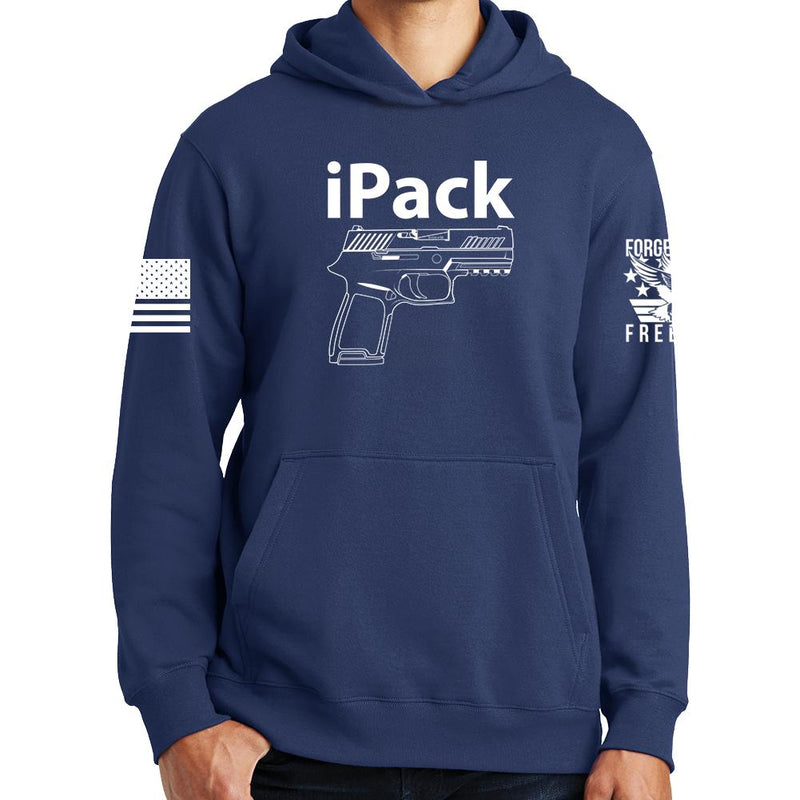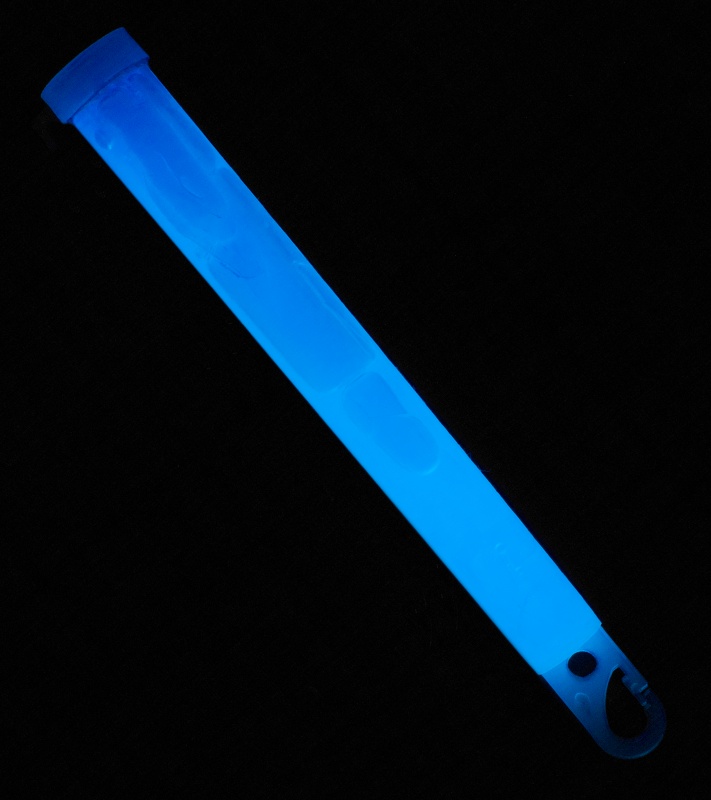

Ropivacaine 0.2% or Bupivacaine 0.25% with epinephrine 1:200,000 can be used for iPACK. Typically, 20 mL (range of 15 -25 mL) of local solution is infiltrated in the tissue plane. Injecting the local as the needle is being withdrawn ensures even spread of local solution. Subsequently, the local solution is injected in 3 ml aliquots as the needle is withdrawn. The needle is advanced till the needle tip is positioned 2 cm beyond the lateral border of the popliteal artery.


The insertion point is parallel to the femur, in the middle of the tissue plane. The needle is inserted via an in-plane, medial to lateral approach. The plane between the popliteal artery and the femur is the space through which the articular branches are traversing and is the target tissue space for infiltration. The location of the tibial nerve (superficial to popliteal artery) and the common peroneal nerve (lateral edge of sonogram) can be seen by changing the tilt of the transducer. The popliteal vein may be compressed from pressure of the transducer and not be visible on the image.įrom this point, the probe is moved cephalad, keeping the popliteal artery in view, till the discontinuous, interrupted hyperechoic line of the condyles changes to a continuous, hyper-echoic silhouette of the femoral shaft just cranial to the condyles. The popliteal artery is seen as a pulsating anechoic structure in the center of the scan. At this level, the femoral condyles appear as discontinuous, curved hyper-echoic lines. The probe is placed transversely at or just above the popliteal crease to visualize the femoral condyles and the popliteal artery in cross-section (Figure 3). Another advantage of the curvilinear probe is the wide scanning view. With the patient in a prone position, a high frequency linear probe or the low frequency curvilinear transducer can be used depending on body habitus. Even though we have since transitioned to performing the iPACK in a supine position, it is still worthwhile to review the original injection technique to get a better understanding of the sonoanatomy and procedure. When we conceived the concept of iPACK, our injections were performed with the patient in a prone position. We introduced the iPACK technique at the American Society of Regional Anesthesia (ASRA), Spring meeting in 2012. The goal of iPACK is to selectively block only the innervation of the posterior knee joint while sparing the main trunks of tibial and common peroneal nerves, thereby, maintaining the sensorimotor function of the leg/foot. These articular branches can be blocked by infiltrating this tissue plane between the popliteal artery and the capsule of the knee (iPACK) with local anesthetic solution under ultrasound guidance. The articular branches, after arising from the main trunks of the tibial and obturator nerves, travel through a tissue space between the popliteal artery and the femur to innervate the posterior capsule of the knee (Figure 2). The goal of iPACK is to selectively block only the innervation of the posterior knee joint while sparing the main trunks of tibial and common peroneal nerves, thereby maintaining the sensorimotor function of the leg and foot. A selective tibial nerve block in the popliteal fossa is an alternative to sciatic nerve block and can provide analgesia without causing a foot drop, but it decreases sensory perception in the sole of the foot and causes weakness of plantar flexion. Posterior knee pain can be controlled by sciatic nerve block, but leads to undesirable foot drop and may delay diagnosis and treatment of surgically induced common peroneal nerve injury. This pain is mediated by articular branches that originate primarily from the tibial component of the sciatic nerve with contributions from the obturator nerve (Figure 1). Controlling posterior knee pain after total knee arthroplasty is an important component of the comprehensive strategy for providing postoperative analgesia.


 0 kommentar(er)
0 kommentar(er)
